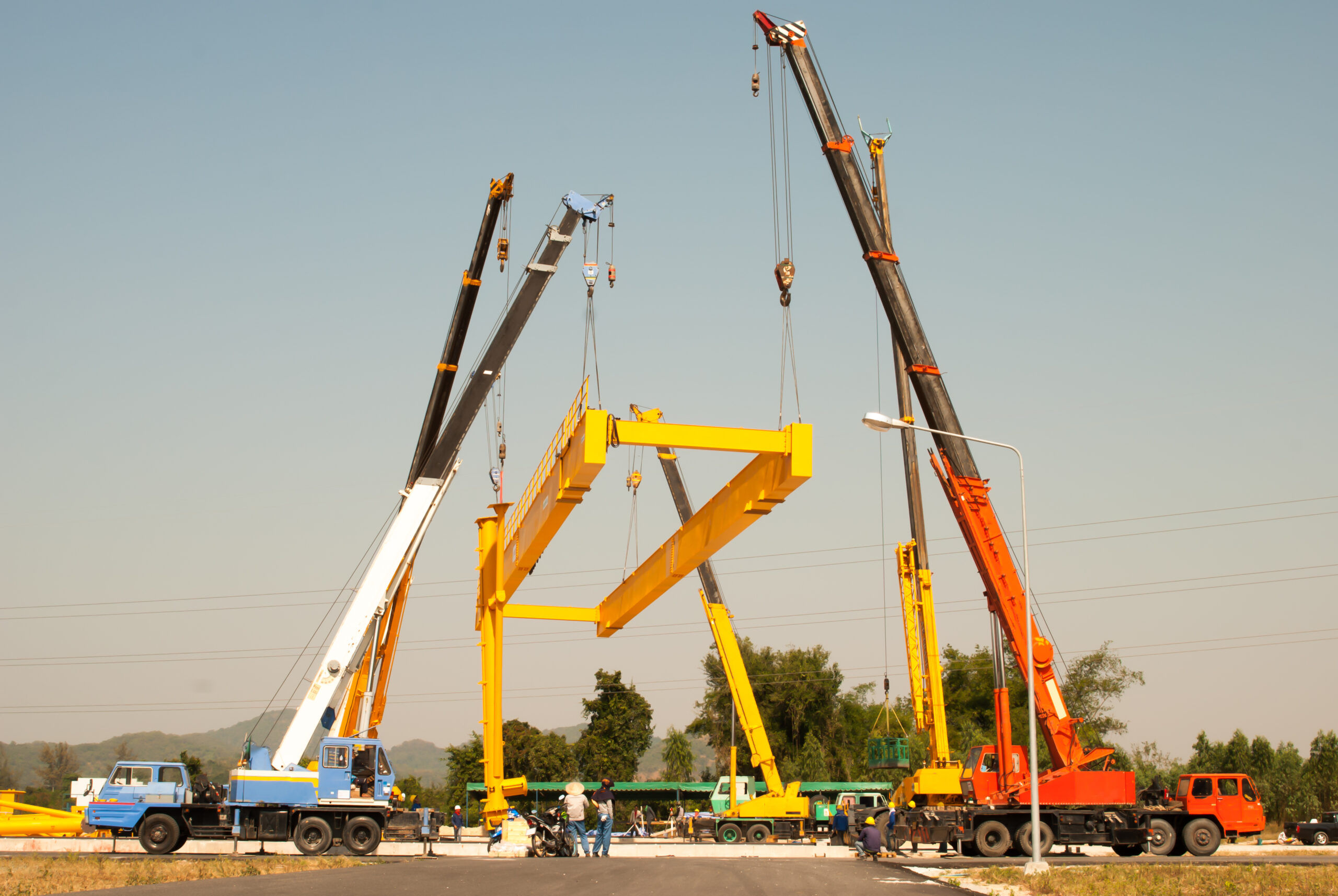In the world of construction, infrastructure, and industrial operations, safety and precision are non-negotiable, especially when it comes to crane operations. In California’s fast-paced and regulation-heavy construction sector, careful lift planning isn’t just important—it’s essential. One solution making a real difference today is the use of a 3D lift plan. This innovative tool is changing how teams approach crane operations across job sites of all sizes.
Companies like REBCO Crane and Rigging are leading the way by offering crane rentals 3D lift plan in CA. Their service includes access to an advanced 3D lift planning program that boosts safety, streamlines communication, and improves jobsite coordination. Here’s why more contractors are embracing this cutting-edge technology—and how it’s driving better outcomes across the board.
1. Enhanced Safety and Risk Mitigation
Every crane operation starts and ends with one top priority: safety. Traditional planning methods often fall short in anticipating on-site challenges, especially in crowded or complex environments. That’s where a detailed 3D lift plan makes a difference.
This digital simulation gives teams a clear picture of the lift before it begins. It helps spot potential hazards, fine-tune crane placement, and reduce the risk of equipment damage, accidents, or work stoppages. That’s why it’s a go-to choice, especially for high-stakes crane rentals 3D lift plan in CA.
2. Increased Precision and Accuracy
Lift execution leaves no room for guesswork. A 3D crane lift plan incorporates exact crane specifications, job site dimensions, and environmental factors to ensure everything from boom clearance to hook height is accounted for.
These plans give crews the precision they need—particularly in tight spaces like urban construction zones. With a trusted 3D lift planning program, teams can plan smarter and perform with confidence.
3. Improved Communication and Collaboration
One of the most practical benefits of 3D lift planning is how it brings teams together. The visual model serves as a common reference point, helping engineers, crane operators, and site managers understand the plan from the same perspective.
With a 3D lift planner, everyone’s on the same page. This boosts clarity, improves teamwork, and ensures the lift goes smoothly from start to finish.
4. Better Project Planning and Time Efficiency
Poor planning leads to delays, rework, and added costs. A 3D lift plan gives teams the ability to pre-map every stage of the operation, eliminating surprises and reducing downtime.
When crews use a well-developed 3D lift planning program, they can anticipate roadblocks, adapt early, and complete the job more efficiently—something especially important in California’s competitive construction market.
5. Regulatory Compliance and Documentation
California’s safety regulations are among the strictest in the country. A 3D crane lift plan doesn’t just improve job site readiness—it helps companies stay compliant.
These plans provide documented proof of pre-planning, support OSHA standards, and simplify inspections. REBCO Crane and Rigging offers access to these tools, helping clients meet safety guidelines while staying on schedule.
6. Cost Savings Over Time
While developing a 3D lift plan requires some upfront work, the payoff is clear. Fewer accidents, shorter delays, and more efficient use of equipment add up to significant cost savings over time.
With REBCO’s deep experience and modern 3D lift planning program, contractors get long-term value, especially when safety and performance are on the line.
7. Real-Time Adjustments and Scenario Testing
No two job sites are the same. Whether the weather shifts or space constraints change, a solid 3D lift planner allows teams to tweak plans on the fly.
This kind of real-time flexibility ensures the operation remains safe and on track, even when unexpected issues arise. It’s one of the key reasons contractors rely on 3D lift technology to get the job done right.
Why Choose REBCO Crane and Rigging?
Based in California, REBCO Crane and Rigging brings together certified operators, modern equipment, and decades of industry knowledge. They’re known for delivering lifts that are both precise and safe, thanks to their use of cutting-edge 3D lift planning tools.
Whether it’s a routine job or a complex challenge, REBCO is a dependable partner for crane rentals 3D lift plan in CA and across the state. Their focus on planning, safety, and communication makes all the difference in high-pressure jobs.
Frequently Asked Questions
Q1. What is a 3D lift plan?
Ans: A 3D lift plan is a visual, digital layout that shows every aspect of a crane lift, improving safety and coordination before work begins.
Q2. Why should I use 3D lift planning with crane rentals?
Ans: It helps prevent mistakes, enhances accuracy, and makes sure your team is fully prepared for a successful crane operation.
Q3. Is 3D lift planning useful for tight or complex job sites?
Ans: Absolutely. A solid 3D lift planning program lets teams rehearse different scenarios and handle space restrictions with confidence.
Q4. Who provides 3D lift plans with crane rentals in California?
Ans: REBCO Crane and Rigging offers expert-level service with every lift, including a complete 3D crane lift plan.
Q5. Can 3D lift plans help with safety compliance?
Ans: Yes. A 3D lift planner helps document safety measures and meet OSHA guidelines, making inspections easier and operations safer.
Conclusion
From improved safety to better planning, a professionally developed 3D lift plan is no longer optional—it’s an essential tool in modern crane operations. In a demanding market like California, it gives crews the insight and control they need for a successful lift.
If you’re looking for precision, peace of mind, and safety-first execution, consider working with a company like REBCO Crane and Rigging, where every lift is guided by smart planning and proven tools like the 3D lift planner and 3D lift planning program.
Need expert support on your next lift? Partner with REBCO Crane and Rigging for top-tier crane rentals backed by advanced 3D lift planning. Contact us today to get started on a safer, more efficient project.


